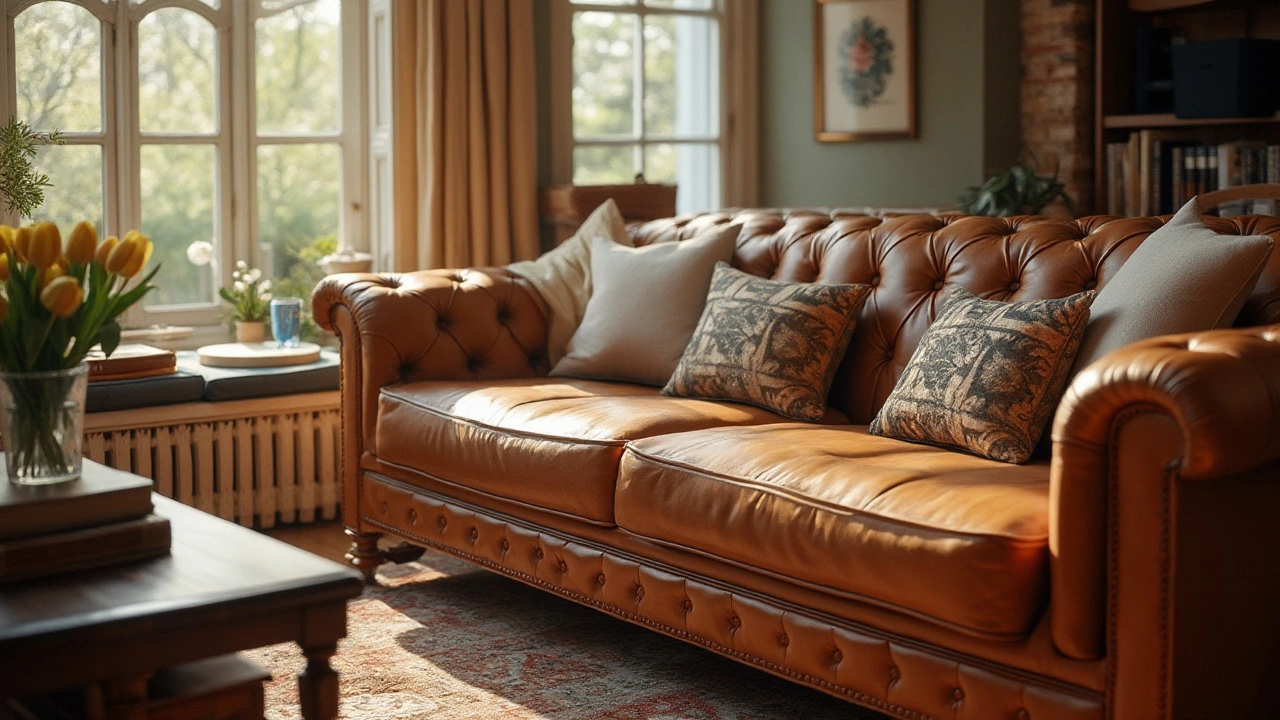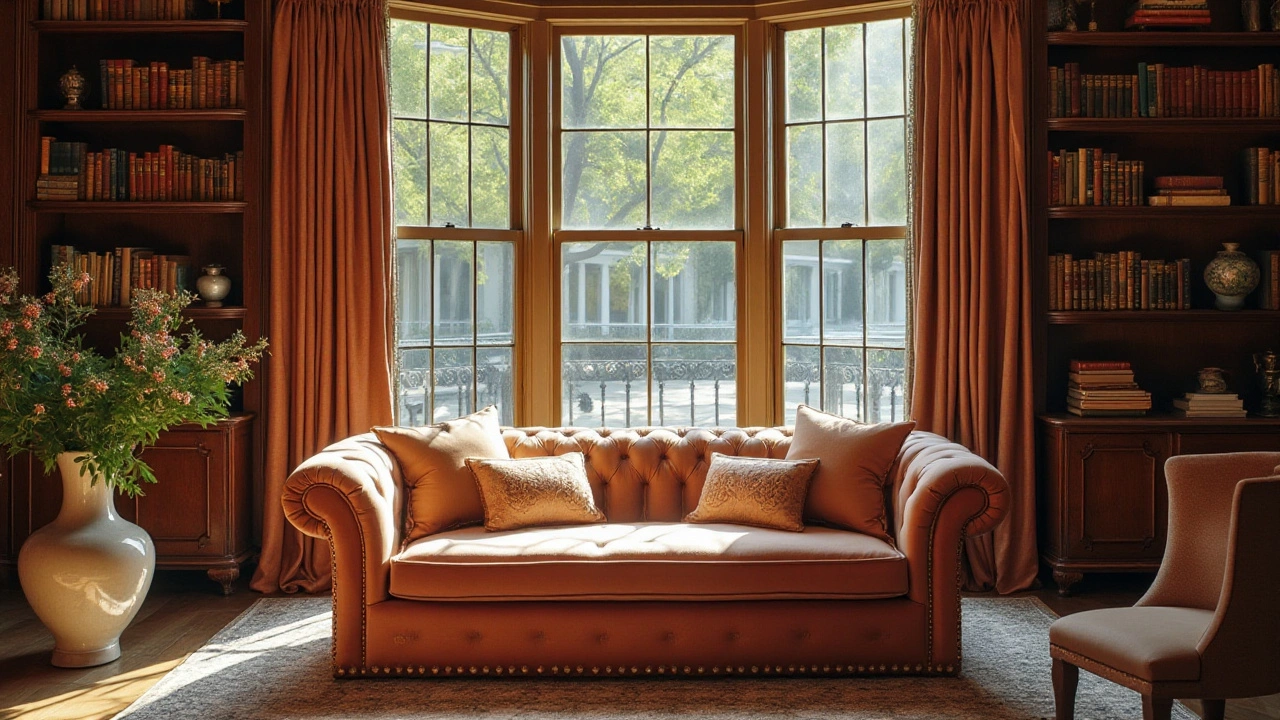Furniture Investment: How to Pick Pieces That Keep Their Worth
Ever wonder why some sofas look good for a few years while others stay stylish and valuable for decades? The secret isn’t magic – it’s about choosing the right materials, design, and care. Below you’ll find straight‑forward tips that help you buy furniture that works as a long‑term investment, not just a quick fix.
What Makes a Piece Worth Investing In?
First off, look for solid construction. A hardwood frame (think oak, ash, or walnut) beats a particle‑board core in durability and resale appeal. Next, check the finish – natural oils or high‑quality lacquers protect the wood and age nicely. Leather upholstery also scores high; genuine leather develops a patina that many buyers love.
Timeless design matters too. Mid‑century, Scandinavian, or classic Chesterfield styles rarely go out of fashion. A piece that fits many décor trends will stay marketable. Finally, consider the brand. Established makers with a reputation for craftsmanship (like those featured in our "Best Furniture Brands UK" guide) usually hold value better than unknown producers.
How to Protect Your Investment
Even the best furniture can lose value without proper care. Keep hardwood surfaces clean with a soft cloth and avoid harsh chemicals – a dab of oil every few months keeps the grain supple. Leather needs occasional conditioning to prevent cracks. For sofas, rotate cushions regularly and vacuum fabric to stop dust buildup.
When it’s time to move or sell, store pieces in climate‑controlled environments. Extreme humidity or heat can warp wood and degrade leather. Small steps like using breathable covers and avoiding direct sunlight go a long way.
Thinking about resale? List your items when they’re still in great shape and include clear photos that show the grain, stitching, and any unique details. Mention the original brand, age, and maintenance history – buyers love transparency. If you’ve bought from a reputable maker, share that story; it builds trust and can boost the price.
Lastly, remember that sustainability adds value. Eco‑friendly furniture made from reclaimed wood or responsibly sourced materials appeals to a growing market of conscious shoppers. Highlight any certifications or green practices in your listings.
By focusing on solid build, classic style, proper upkeep, and sustainable choices, you turn ordinary furniture into a smart investment that both enhances your home and can bring cash back down the road.
How Long Does an Average Person Keep Their Sofa Before Replacing?
The longevity of a sofa is a topic that often stirs curiosity among homeowners and renters alike. While some people view a sofa as a staple piece meant to endure several years, others see it as an item subject to frequent changes. Understanding how long people typically keep their sofas involves considering quality, lifestyle changes, and current style trends. This article explores the various factors influencing the lifespan of sofas and offers tips for making your investment last longer.
MoreIs a $2000 Sofa Worth the Investment? Essential Insights Revealed
Deciding whether to spend $2000 on a sofa requires assessing factors such as quality, durability, design, and personal lifestyle. A costly sofa can offer luxury and longevity, but it may not always align with everyone's budget or needs. This article explores the real value behind such an investment, providing tips on what to look for when shopping for a high-end piece. Considerations include material choices, brand reputation, and how often you plan to use the sofa. Learn about the potential pros and cons to determine if this expense is justified for your home.
More

